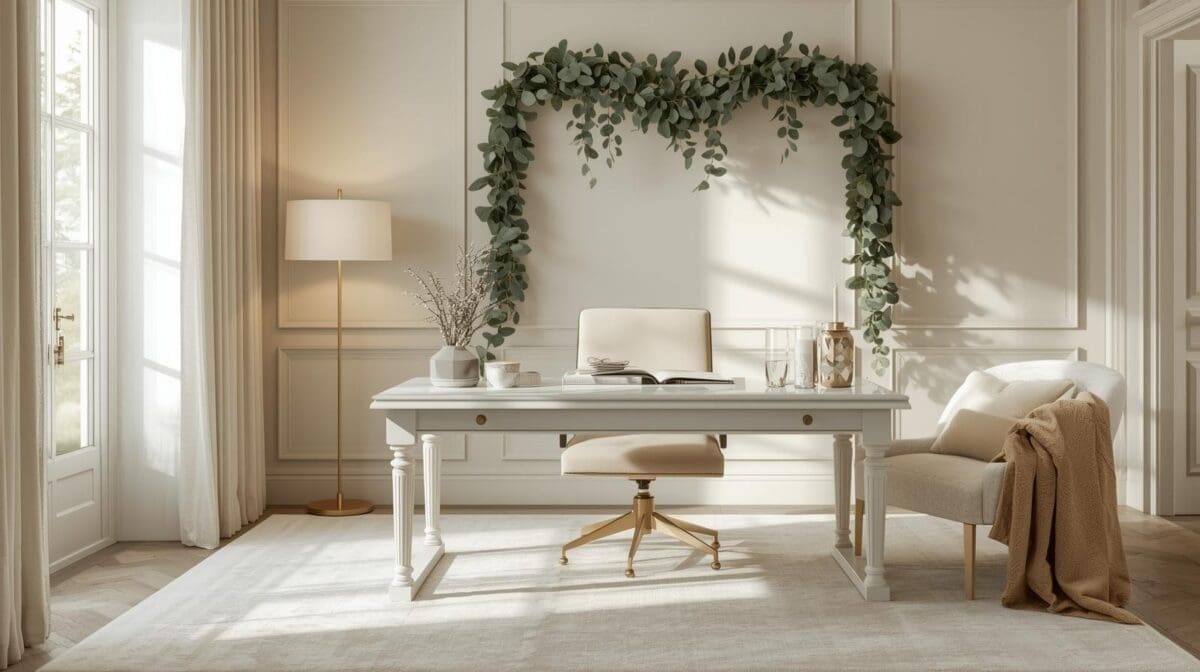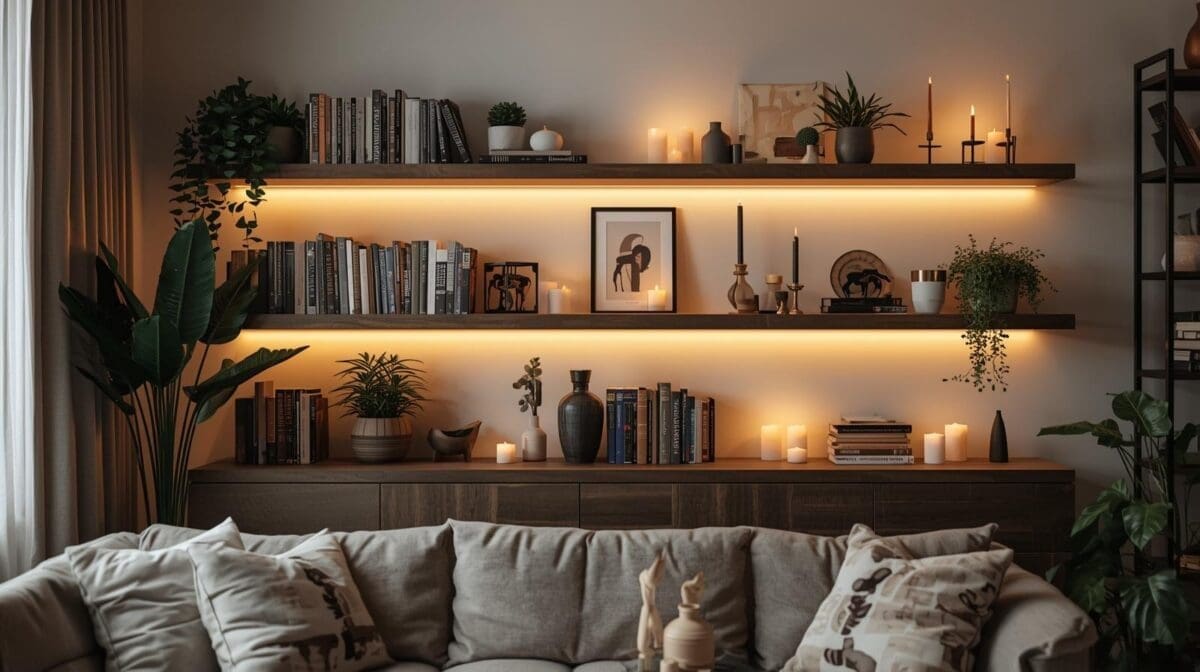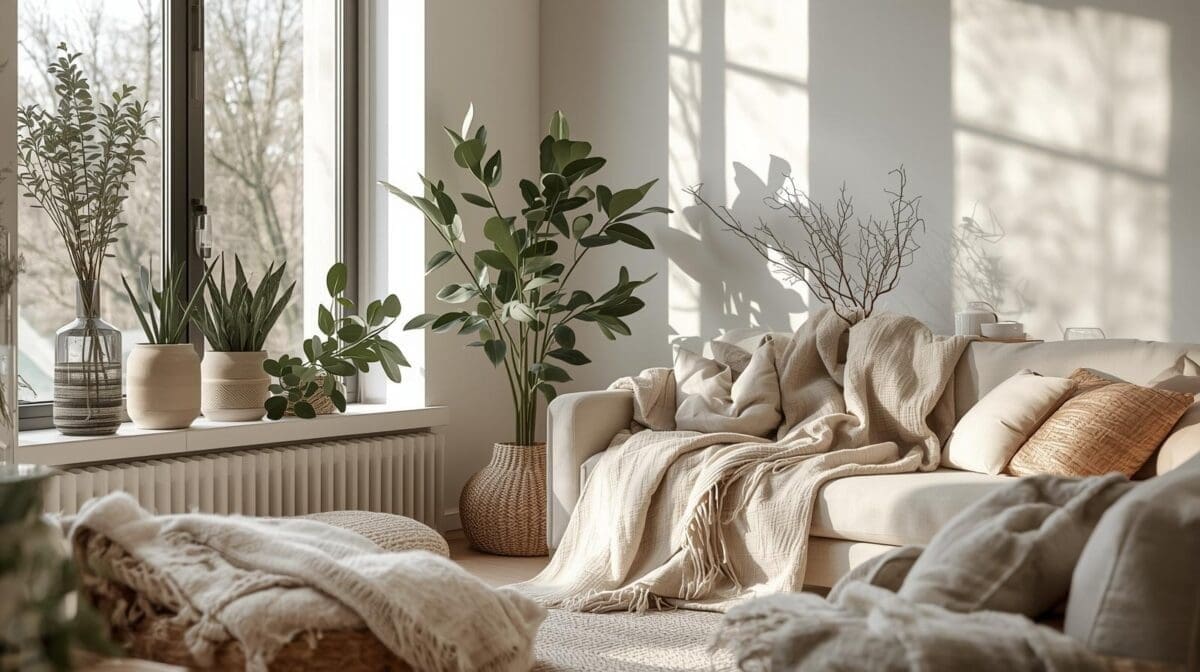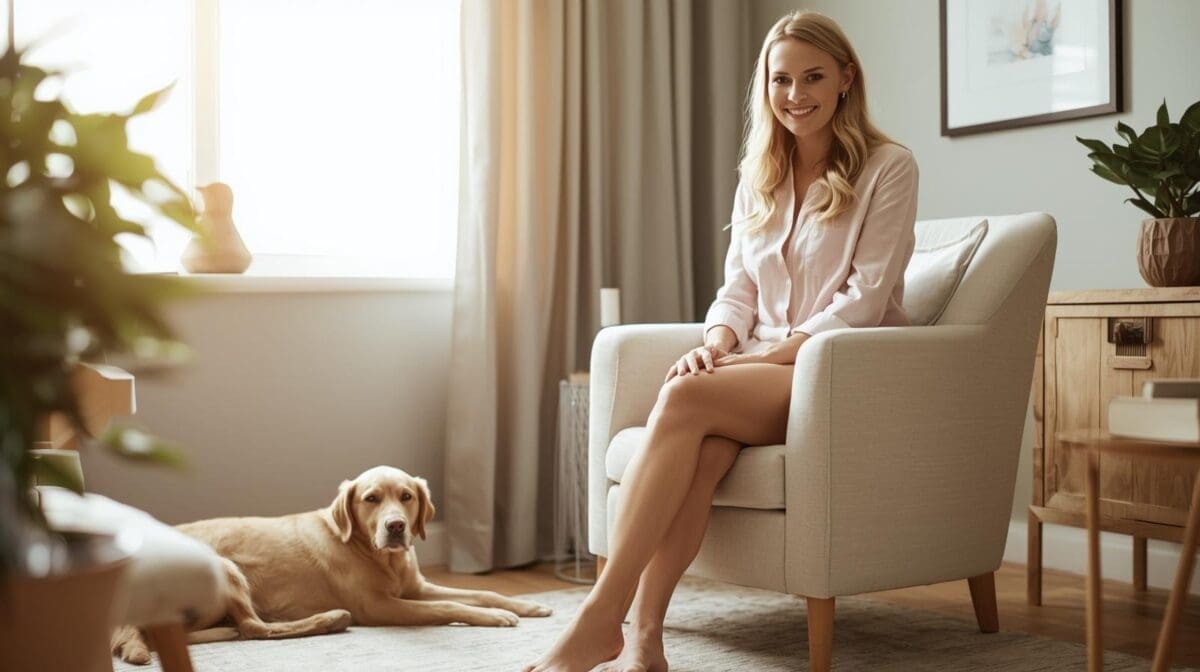DIY Winter Sensory Corner for Therapy Offices or Classrooms
It’s important to disclose that this blog post contains affiliate links. This means that if you make a purchase through these links, we may earn a commission at no additional cost to you. When Winter Quiet Feels a Little Too Quiet Last January, our counseling wing felt unusually still. The hallways were calm but heavy […]
DIY Winter Sensory Corner for Therapy Offices or Classrooms Read More »










